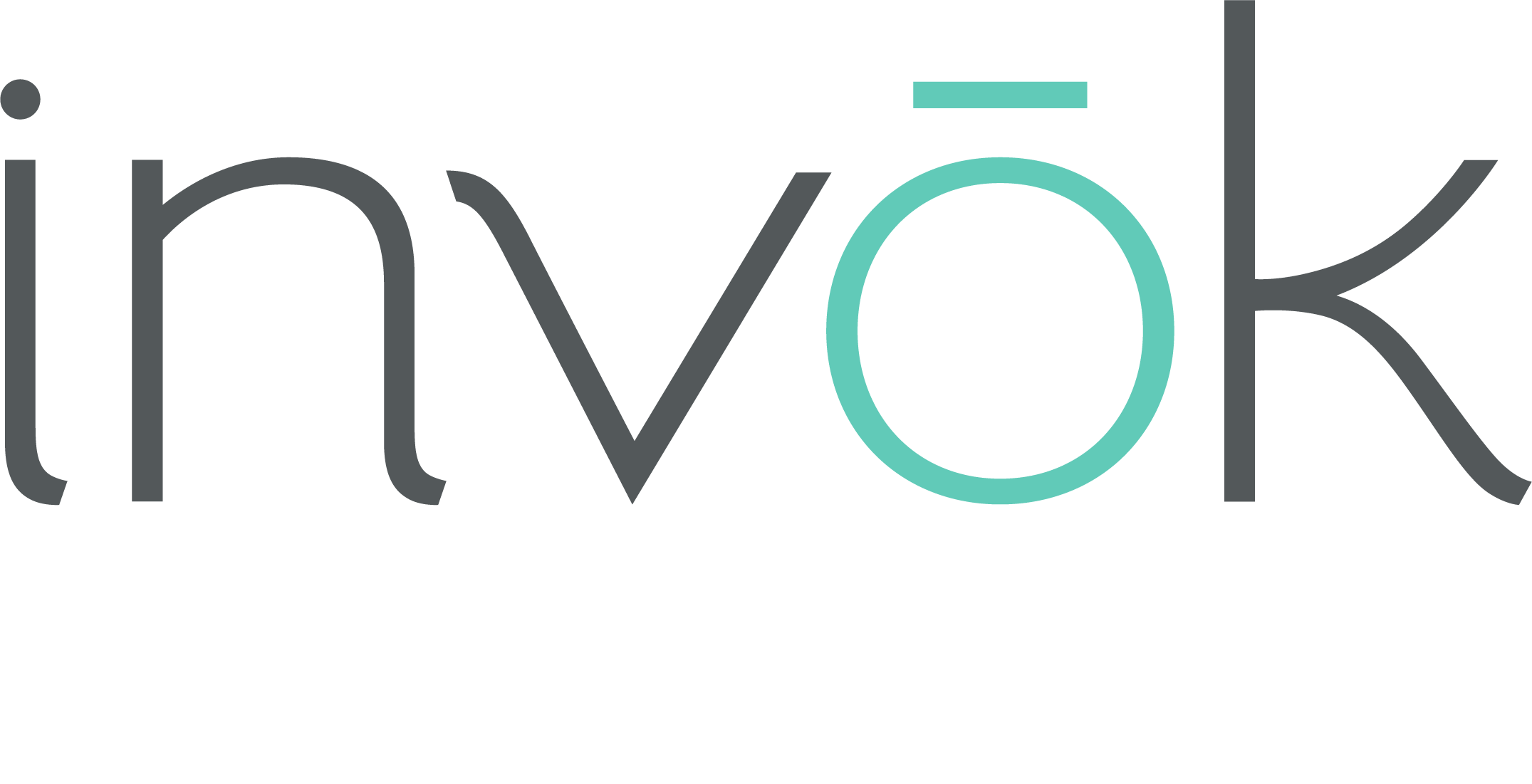an epic brand and packaging design challenge, or, how to brand and design 2,500 packages
by Danielle Wintrip
In our work as a package design agency, we thrive on complex assignments; yet one project stands out. Our brief was to develop brands and packages for a new-to-market product that would be regulated by government. There would be over 2,500 package permutations and what’s more, the regulations would not be released for months.
Waiting for the regulations was not an option. It was a race to market for our client and their competitors. The entire branding industry was tight-lipped about similar work they were doing, so there was no friendly peer discussion around innovation in the face of the limitations. Each brand design agency was striking out alone.
The brief: Create an appealing brand identity whose expression will meet regulations that aren’t available. The package structure, graphics, and labelling must also adhere. We launch shortly after the regulations are published.
We always work within packaging regulations, but how do you create a brand and its packaging in the absence of the regulations? This was chance to truly bring our agency’s brand mantra, imagination meets purpose, to life.
By being nimble, tenacious and tactical, we innovated in the face of the challenge and made the restrictions work for our clients. We became the experts, directing our client through the best application of packaging design structures while quickly and repeatedly solving product issues with the printers. But first, we tackled the brand.
Brand challenges in structural package design
The new product was a regulated substance and we understood that brand expression on the packaging would be limited. But the exact rules were not yet written. So how would we build a brand that appealed to the consumer without knowing how it could be expressed in packaging? How could we do that and keep the emphasis on brand?
We started as we always do, without restrictions. We still had to create a brand personality to deliver on a brand story, that part didn’t change. We proceeded with our regular brand architecture approach; using visual strategy, painting consumer portraits, ferreting out consumer insights and constructing the brand framework so the client could understand how their brand would be brought to life. By taking this approach, nothing was lost in brand development, and despite the regulations, the brand could still take center stage – if not on the packaging, then on other platforms and brand activation activities.
From packaging guidelines to regulations: inking over the pencil
The next step was the puzzle of production design. The government’s guidelines were available, but the regulations were not. We considered the guidelines to be written in pencil while we awaited the formal, inked regulations; and it was a start. We had three brands to create and package, and within each brand there was a family of products. Among the products, there were multiple sizes and weights. For each single product, one of over a dozen health warning messages could be applied; each package would have a message randomly assigned. All told, there were 2,500 potential package structures, messaging, and brand permutations.
We are not strangers to package design and production so by using frameworks such as a production display panel (PDP) and a nutritional fact table (NFT), anticipated required symbology, and warning messages, we turned a game of Jenga® into Lego®.
A tactical approach to package structure design
Our senior production designer took the pencil marks of the guidelines and created templates for each structure size. Each package had a health warning label that contained the same content, so the design variables were the product’s brand and the specific product characteristic.
The template idea worked beautifully. While we occasionally had to rethink product structures to meet labelling regulations, or change placement of eye-marks, our tactical approach made these changes easier to lasso and corral. For example, the health warning labels were lengthy, and when they did not fit on a small package structure, it meant using larger packages.
In an agency like ours, innovation is facilitated by our best practices and processes. We took this Rubik’s Cube® of a problem and solved it with iconic brand building techniques and a highly tactical, efficient, effective and easy-to-run print packaging solution. Imagination met purpose, and what could have been chaotic was instead creative, overcoming significant regulatory limits in brand design and package design with success.

